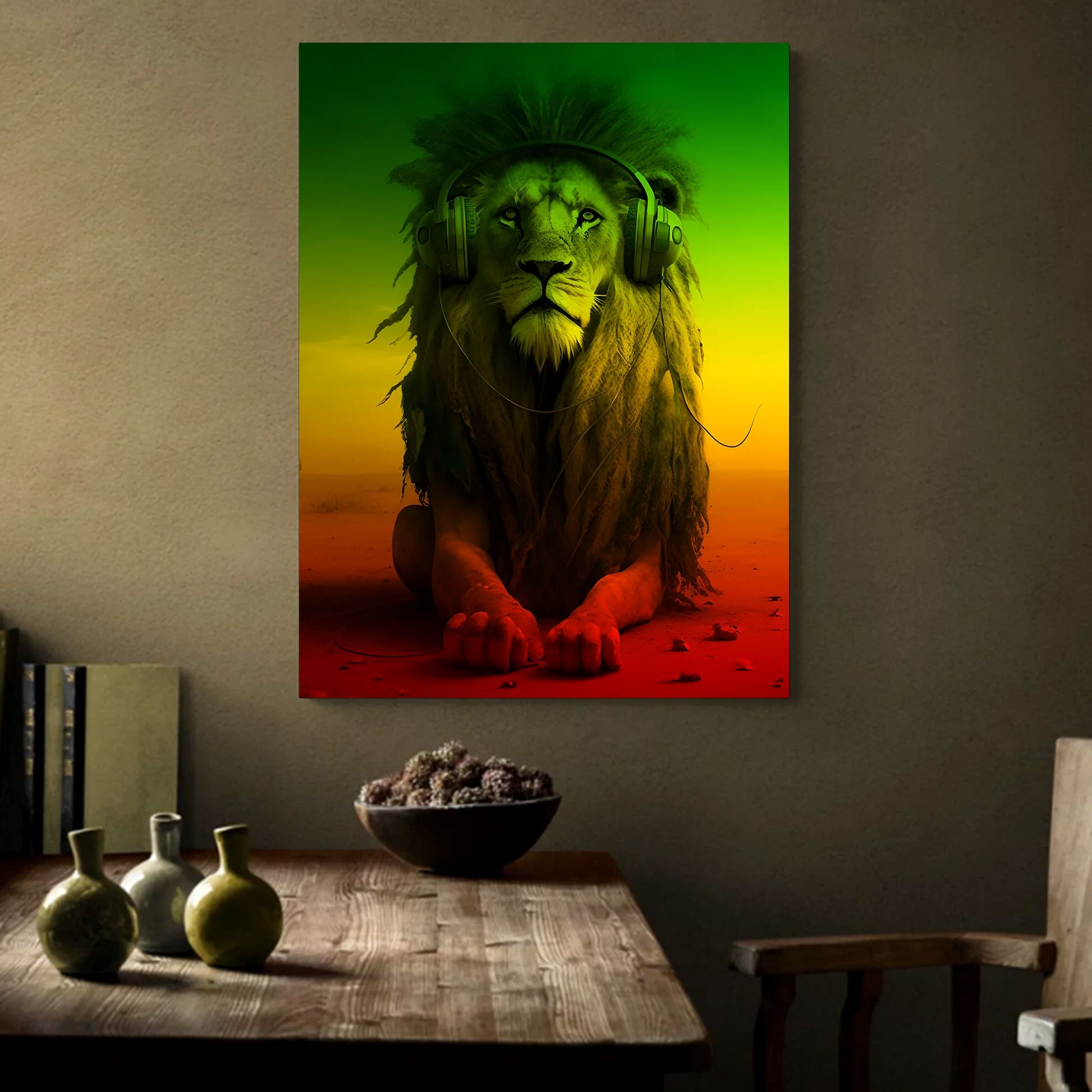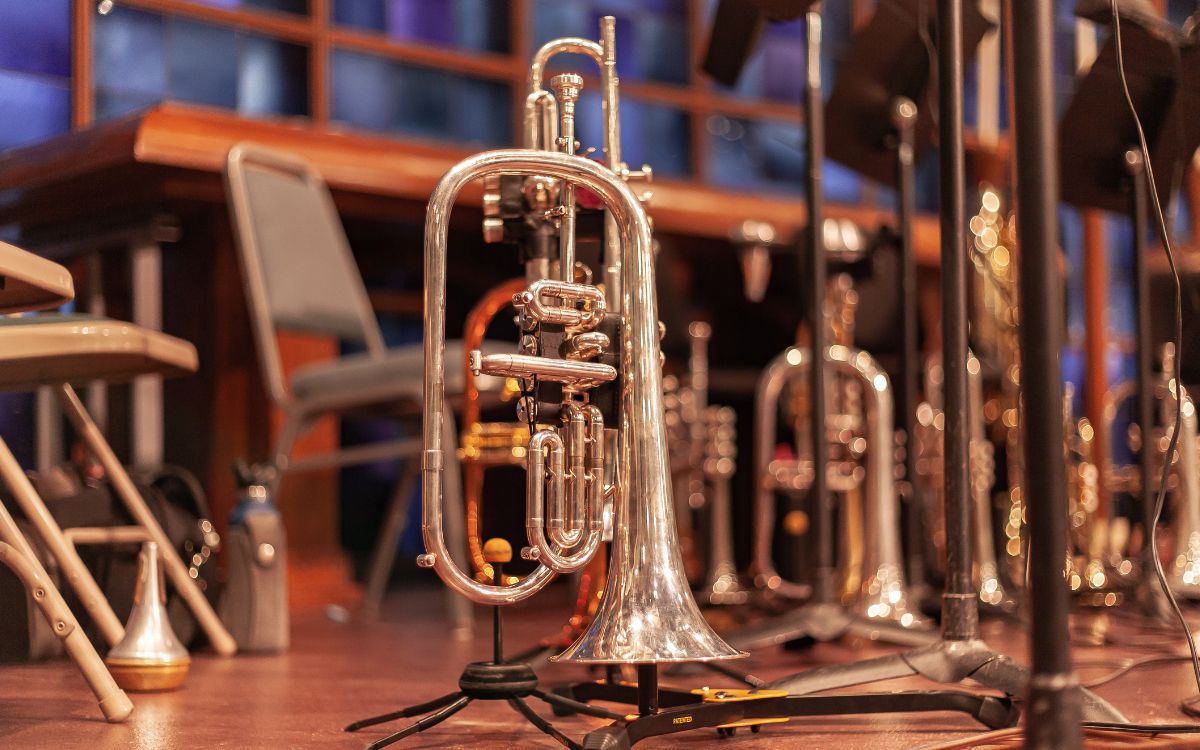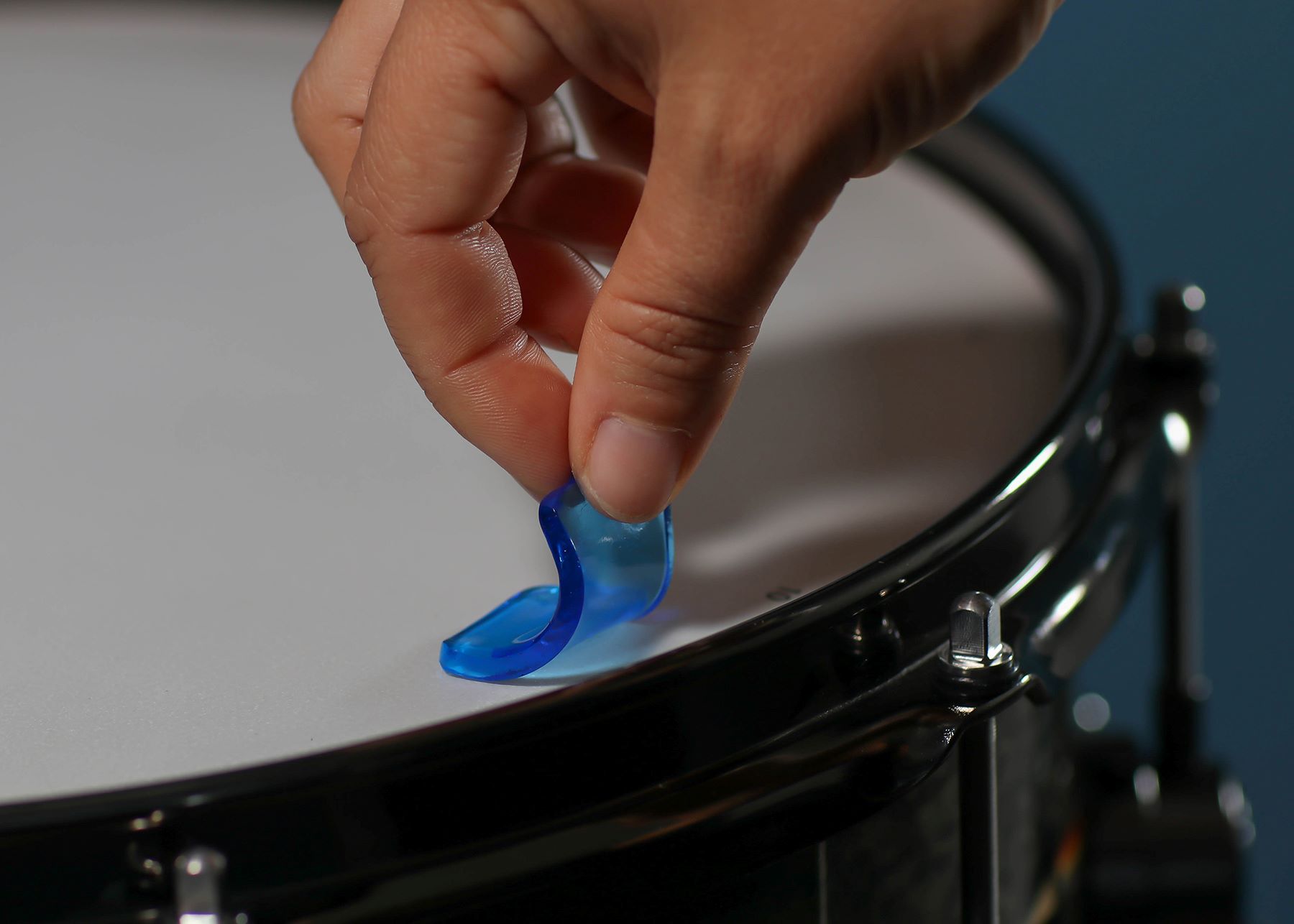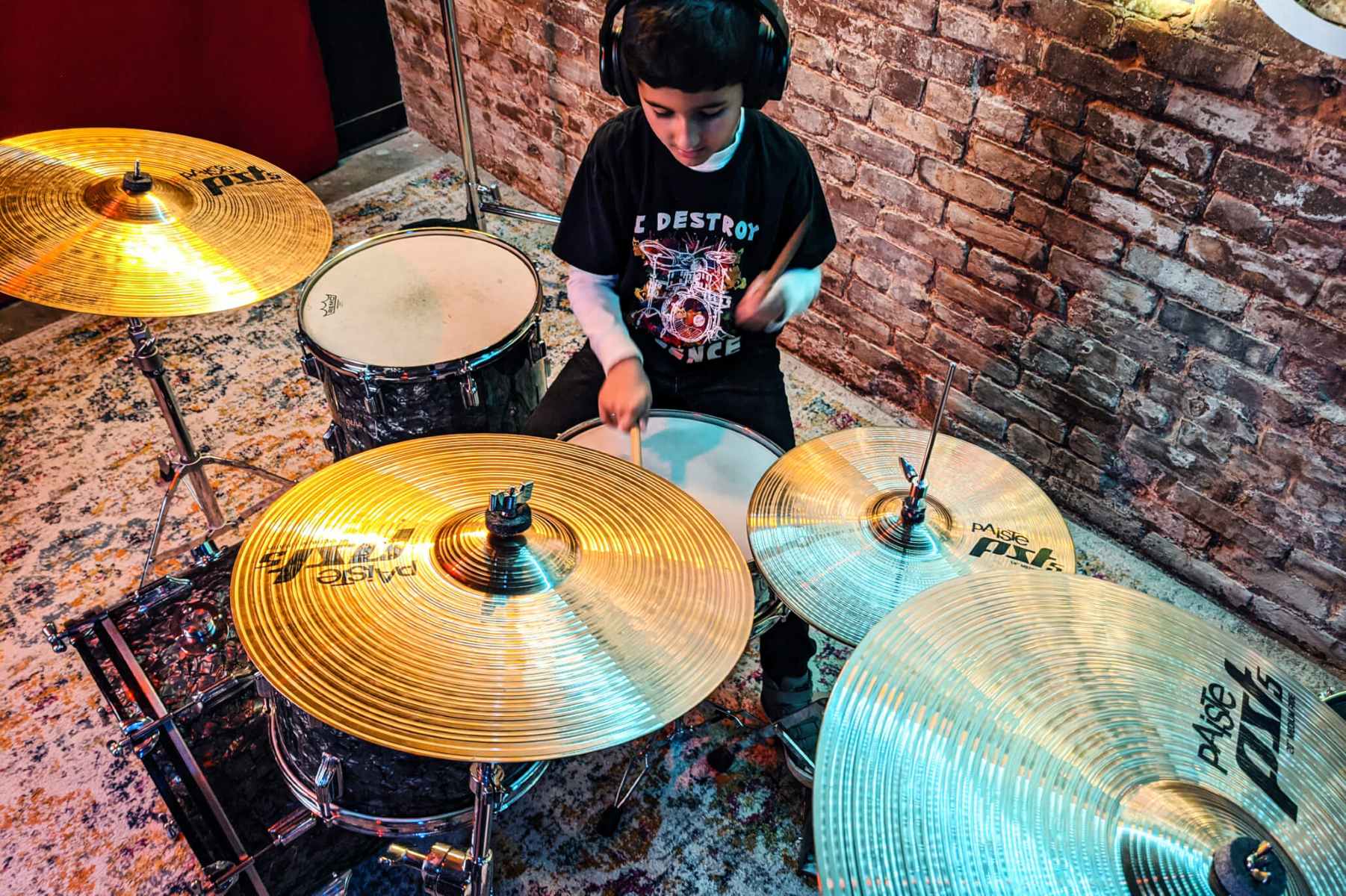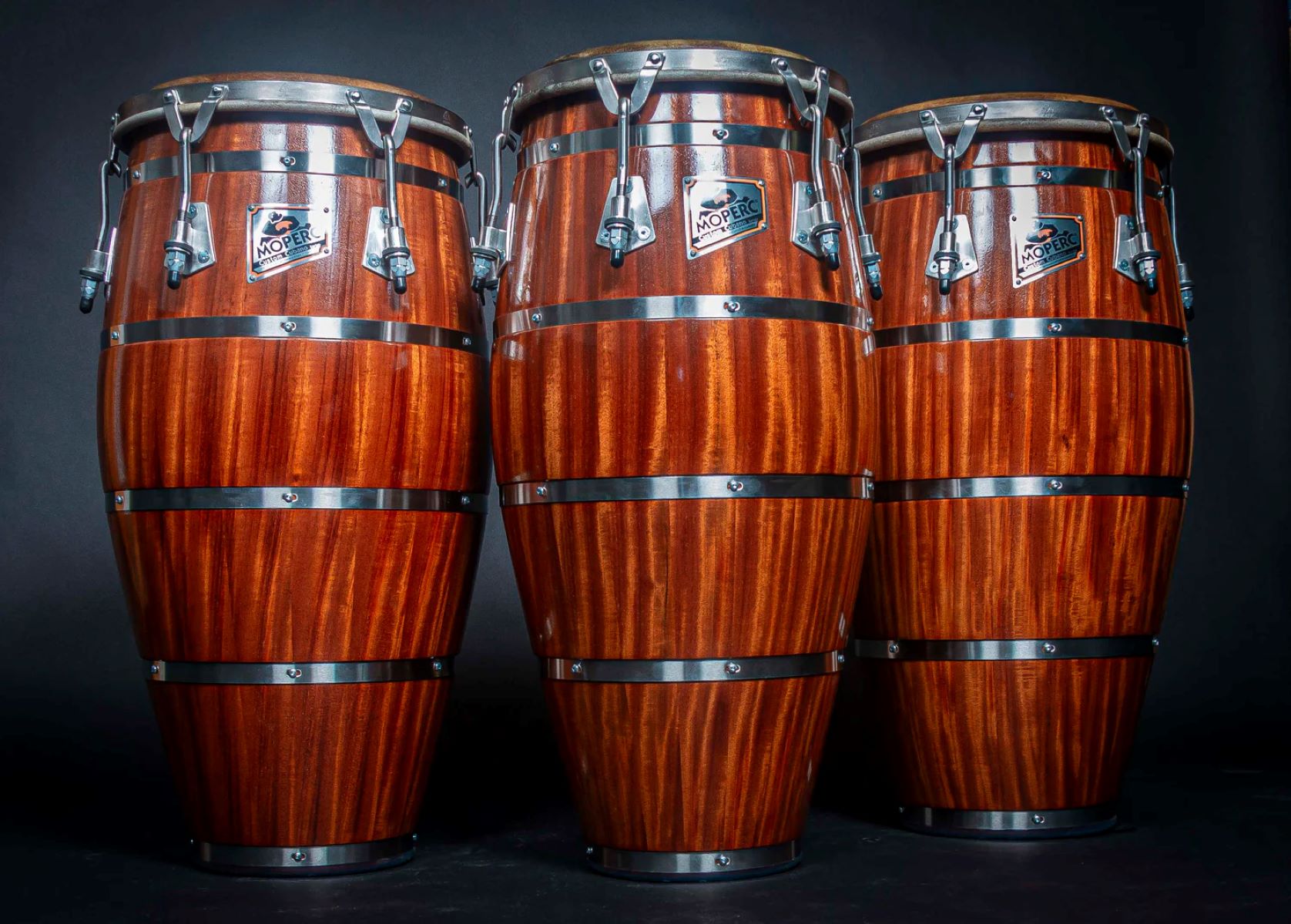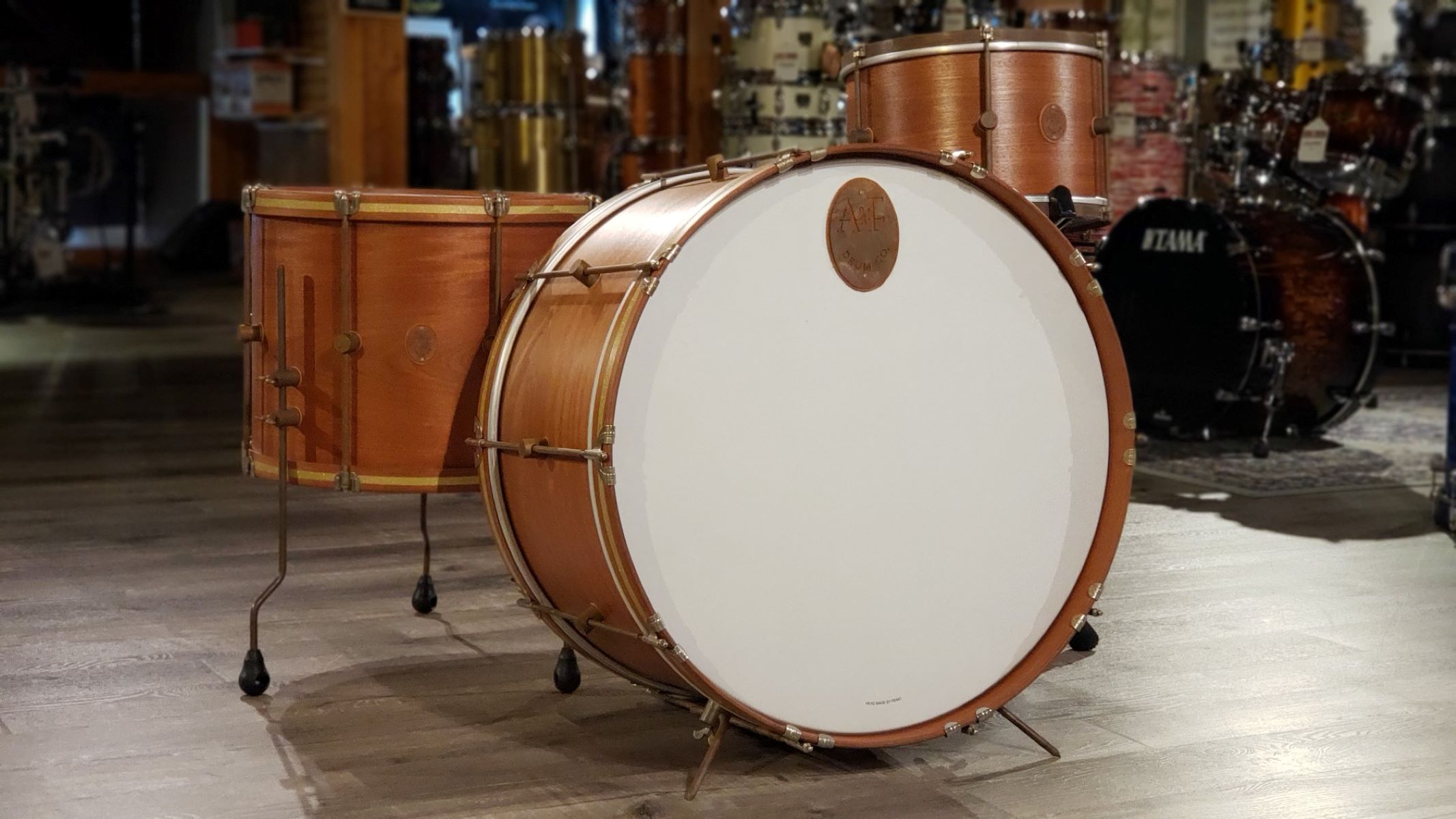Home>Instruments>Drums>What Drums Have Rounded Bearing Edges
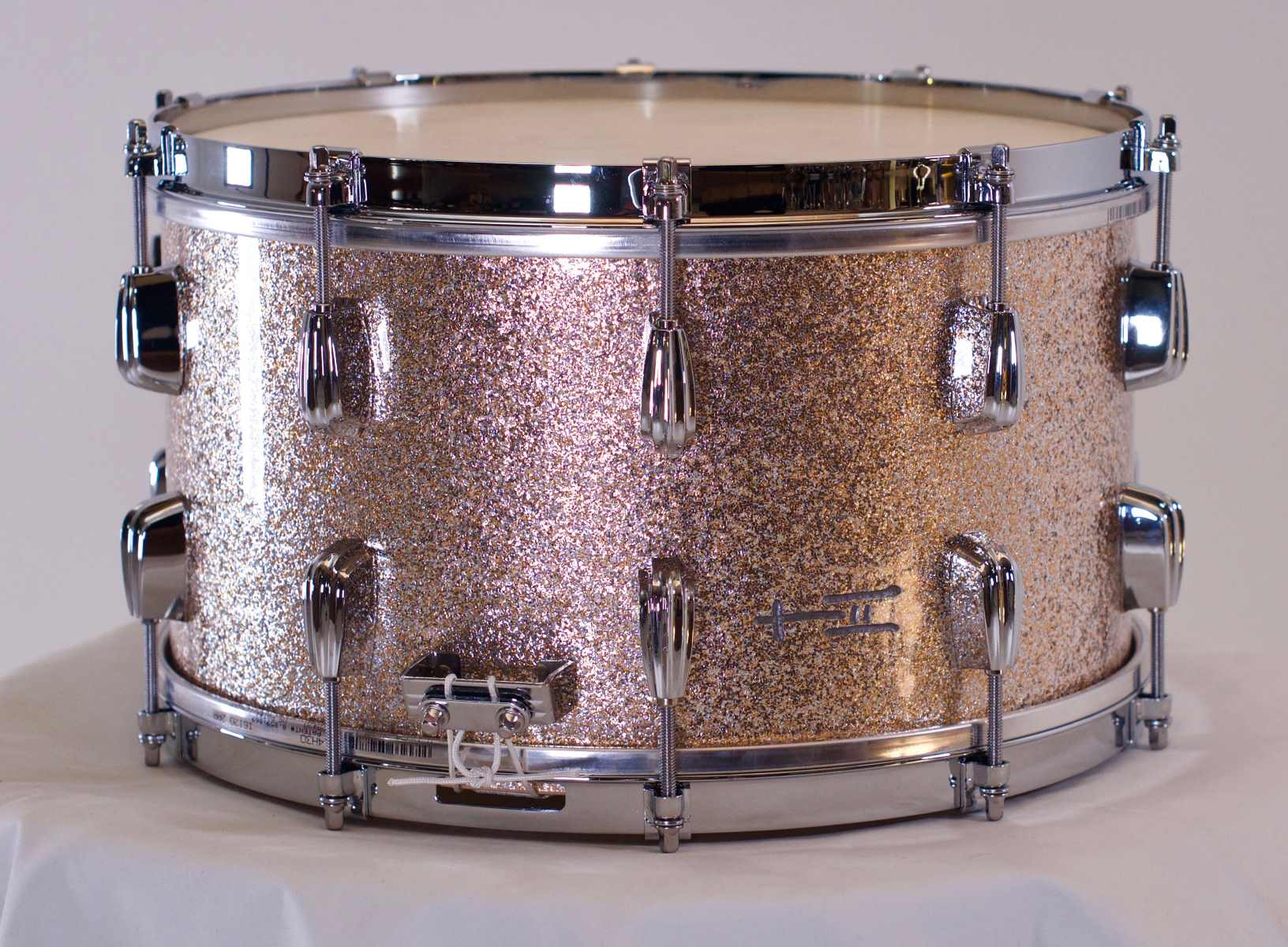

Drums
What Drums Have Rounded Bearing Edges
Published: February 8, 2024
Learn about the benefits of rounded bearing edges on drums and how they affect the sound and performance. Find out why rounded bearing edges are important for drummers.
(Many of the links in this article redirect to a specific reviewed product. Your purchase of these products through affiliate links helps to generate commission for AudioLover.com, at no extra cost. Learn more)
Table of Contents
Introduction
When it comes to drums, the bearing edges play a crucial role in shaping the instrument's sound and overall performance. These edges, where the drum head comes into contact with the shell, have a significant impact on the tone, sustain, and tuning range of the drum. Among the various types of bearing edges, rounded bearing edges stand out for their unique characteristics and the benefits they offer to drummers.
Rounded bearing edges are known for their smooth, slightly curved profile, which differs from the sharper edges found on other drums. This design choice has a profound effect on the way the drum head vibrates and resonates, ultimately influencing the sound produced by the instrument. In this article, we will delve into the significance of bearing edges, explore the different types of bearing edges commonly found on drums, and specifically focus on the advantages of rounded bearing edges. Additionally, we will highlight some prominent drum manufacturers known for incorporating rounded bearing edges into their drum designs.
Understanding the role of bearing edges, particularly rounded bearing edges, is essential for drummers seeking to optimize their sound and tailor their equipment to their musical preferences. By exploring the nuances of rounded bearing edges, we can gain valuable insights into how this feature contributes to the overall performance and sonic characteristics of drums. Whether you're a seasoned drummer or a newcomer to the world of percussion, this exploration of rounded bearing edges will shed light on an often overlooked yet fundamental aspect of drum construction and sound production.
The Importance of Bearing Edges
Understanding the importance of bearing edges is fundamental to comprehending the sonic and functional aspects of drums. The bearing edges of a drum serve as the contact point between the drum head and the shell. This seemingly small area plays a pivotal role in defining the tonal characteristics, tuning stability, and overall responsiveness of the drum.
One of the primary functions of bearing edges is to provide a stable and consistent surface for the drum head to rest on. The shape and finish of the bearing edges directly impact the way the drum head sits on the shell, influencing the ease of tuning and the drum’s overall tonal quality. Different types of bearing edges can produce varying degrees of contact and pressure on the drum head, affecting the way it vibrates and resonates.
Moreover, bearing edges contribute to the sustain and resonance of the drum. The angle and contour of the bearing edges determine how the drum head interacts with the shell, affecting the duration and character of the sound produced. Whether the edges are sharp, rounded, or flat, each configuration influences the decay of the drum’s notes and the overall richness of its sound.
Additionally, bearing edges play a crucial role in the tuning stability of the drum. Well-crafted bearing edges provide a secure foundation for the drum head, allowing for precise and reliable tuning. Conversely, poorly executed bearing edges can lead to tuning inconsistencies and hinder the drum’s ability to hold its pitch over time.
For drummers, understanding the significance of bearing edges is essential for making informed decisions about drum selection and customization. Different bearing edge profiles can cater to specific musical styles and performance requirements, allowing drummers to fine-tune their instruments to achieve their desired sound.
As we delve deeper into the realm of bearing edges, the unique attributes of rounded bearing edges will come into focus, shedding light on their distinct advantages and the impact they have on the performance of drums.
Types of Bearing Edges
Drum manufacturers employ various bearing edge profiles, each influencing the drum’s sound and playability in distinct ways. The most common types of bearing edges include rounded, 45-degree, and 30-degree edges, each offering unique sonic characteristics and tuning capabilities.
- Rounded Edges: Rounded bearing edges feature a smooth, gently curved contour that minimizes the contact between the drum head and the shell. This design enhances the drum’s resonance and sustain, producing a warm and full-bodied sound with a balanced tonal range. Rounded edges are favored for their versatility, making them suitable for a wide range of musical genres and playing styles.
- 45-Degree Edges: Drums with 45-degree bearing edges are known for their focused and punchy sound. The sharper angle creates a more pronounced contact point between the drum head and the shell, resulting in enhanced attack and projection. This edge profile is often preferred in rock and metal genres where clarity and power are paramount.
- 30-Degree Edges: Bearing edges with a 30-degree slope offer a balance between the warmth of rounded edges and the attack of sharper angles. This configuration provides a moderate level of sustain and articulation, making it well-suited for a wide range of musical applications.
Each type of bearing edge contributes to the overall sonic signature of the drum, influencing its tonal characteristics, sustain, and responsiveness. Drummers often select bearing edge profiles based on their musical preferences and performance requirements, as the choice of edge profile can significantly impact the drum’s sound and versatility.
As we explore the advantages of rounded bearing edges in the subsequent section, it’s important to recognize the diverse array of bearing edge options available to drummers, each offering a unique sonic palette and contributing to the overall sonic diversity within the percussion world.
Advantages of Rounded Bearing Edges
Rounded bearing edges offer a host of advantages that contribute to the overall performance and sonic appeal of drums. The smooth, slightly curved profile of rounded edges has a profound impact on the instrument’s sound and playability, making them a popular choice among drummers across various musical genres.
- Enhanced Resonance: The rounded contour of the bearing edges minimizes direct contact between the drum head and the shell, allowing for increased resonance and sustain. This characteristic results in a rich and full-bodied sound with a balanced tonal range, making rounded-edge drums suitable for a wide variety of musical styles.
- Warmth and Depth: Rounded bearing edges contribute to a warm and deep tonal quality, adding a pleasing richness to the drum’s sound. This quality makes rounded-edge drums well-suited for genres that require a full, resonant tone, such as jazz, blues, and acoustic performances.
- Versatility: Drums with rounded bearing edges exhibit a versatile sonic profile, making them adaptable to a broad spectrum of musical applications. Whether used in studio recordings, live performances, or practice sessions, rounded-edge drums offer a balanced and consistent sound that complements various musical arrangements.
- Reduced Overtones: The design of rounded bearing edges minimizes unwanted overtones, resulting in a more focused and controlled sound. This characteristic makes rounded-edge drums particularly suitable for situations where a clean and articulate tone is desired, allowing for greater clarity and definition in the drum’s voice.
These advantages collectively contribute to the appeal of rounded bearing edges, making them a preferred choice for drummers seeking instruments with a versatile and balanced sonic character. Whether in the studio or on stage, the benefits of rounded bearing edges are evident in the way they enhance the overall sound and responsiveness of drums, providing a compelling sonic foundation for a wide range of musical expressions.
Drum Manufacturers with Rounded Bearing Edges
Several esteemed drum manufacturers have embraced the sonic advantages of rounded bearing edges, incorporating this design feature into their drum lines to cater to the diverse needs of drummers. These manufacturers have recognized the significance of rounded bearing edges in shaping the tonal characteristics and playability of drums, offering a range of models that showcase the benefits of this edge profile.
1. DW Drums (Drum Workshop)
DW Drums, renowned for their commitment to craftsmanship and sonic innovation, features rounded bearing edges in select drum series. The smooth, rounded contours of these edges contribute to the warm and resonant qualities that define DW drums, making them a popular choice among discerning drummers across various musical genres.
2. Gretsch Drums
Gretsch is synonymous with vintage warmth and timeless sound, and their drums with rounded bearing edges embody these sonic principles. The rounded edges enhance the overall resonance and depth of Gretsch drums, delivering a classic, rich tonal quality that has made them a staple in the music industry for decades.
3. Ludwig Drums
Ludwig’s commitment to quality and innovation is exemplified in their drums featuring rounded bearing edges. The rounded edges contribute to the iconic sound of Ludwig drums, characterized by a balanced tonal range and enhanced resonance, making them a preferred choice for drummers seeking a versatile and reliable instrument.
4. Yamaha Drums
Yamaha’s dedication to precision and sonic excellence is evident in their drums with rounded bearing edges. The rounded edges enhance the overall warmth and articulation of Yamaha drums, offering a balanced and nuanced sound that meets the demands of diverse musical styles and performance settings.
These drum manufacturers, among others, have embraced the sonic benefits of rounded bearing edges, incorporating this design element into their drum lines to provide drummers with instruments that exhibit enhanced resonance, warmth, and versatility. By recognizing the significance of bearing edges in shaping the sonic characteristics of drums, these manufacturers have solidified the role of rounded bearing edges in defining the sonic identity of their instruments.
Conclusion
The significance of bearing edges, particularly rounded bearing edges, in shaping the sonic characteristics and playability of drums cannot be overstated. These edges serve as a critical interface between the drum head and the shell, influencing the drum’s resonance, sustain, and tonal balance. As drummers seek instruments that align with their musical preferences and performance requirements, understanding the advantages of rounded bearing edges becomes pivotal in making informed decisions about drum selection and customization.
Through our exploration, we have unveiled the unique attributes and benefits of rounded bearing edges, highlighting their role in enhancing the overall sound and versatility of drums. The enhanced resonance, warmth, and reduced overtones offered by rounded bearing edges make them a compelling choice for drummers across a spectrum of musical genres and performance settings.
Furthermore, the commitment of esteemed drum manufacturers to incorporating rounded bearing edges into their drum designs underscores the enduring relevance of this edge profile in the evolution of drum craftsmanship. From DW Drums to Gretsch, Ludwig, Yamaha, and beyond, these manufacturers have harnessed the sonic advantages of rounded bearing edges to offer drummers instruments that exemplify enhanced tonal richness, versatility, and reliability.
As drummers continue to explore new sonic frontiers and seek instruments that empower their artistic expressions, the role of rounded bearing edges in shaping the sonic landscape of drums remains as vital as ever. Whether in the studio, on stage, or in rehearsal spaces, the advantages of rounded bearing edges resonate through the nuanced and balanced sound they impart to drums, enriching musical performances and inspiring drummers to reach new heights of sonic creativity.
In conclusion, the exploration of rounded bearing edges serves as a testament to the enduring influence of this design element in defining the sonic identity and playability of drums. By recognizing the significance of bearing edges, drummers can embark on a sonic journey that celebrates the rich tonal qualities and versatile capabilities offered by rounded bearing edges, ultimately shaping the soundscape of contemporary drumming with warmth, resonance, and timeless appeal.


